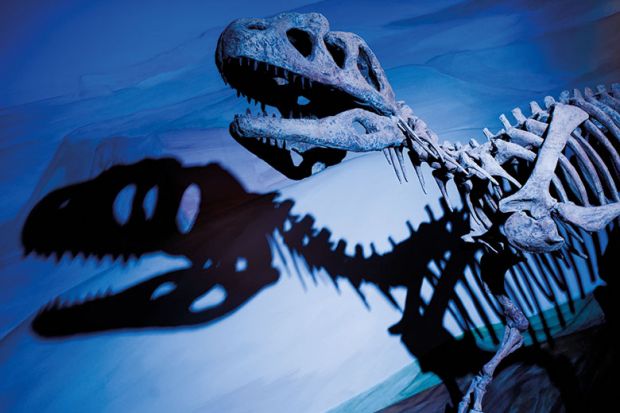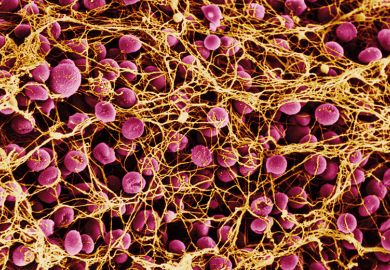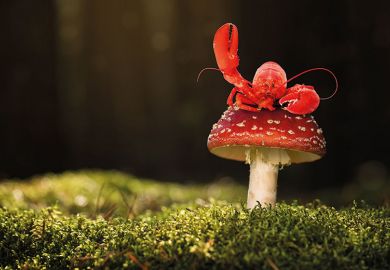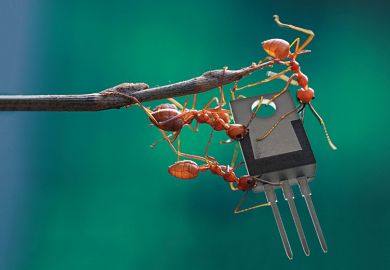I have spent most of my career studying my fellow vertebrates – animals with backbones. I like the birds, fishes, reptiles, amphibians and mammals that are so familiar to all of us because they are relatively large, easy to watch and seem to be reasonably intelligent. Many of these traits are what draw us to the vertebrates as pets and service animals, and we often treat them – to some extent incorrectly – as if they perceive the world much as we do.
Sure, insects look quite a bit like vertebrate animals, but they smell with their feet, hear with their legs, breath through holes in their abdomen and see things with eyes that bear virtually no resemblance to (and share no evolutionary history with) the vertebrate eye. In 1974, the philosopher Thomas Nagel famously argued that we could not know what it is like to be a bat. With modern technologies, however, we now have an inkling as to what that might be like, because bats are vertebrates. But what is it like to be a sea urchin? We’ll never know.
This fascinating book by Henry Gee describes in great detail what makes the vertebrate head, heart, immune system and skeleton so distinctive, even compared with the vertebrates’ closest relatives on the evolutionary tree. But his goal here is not just to describe but to use that information to make sense of the controversial topic of vertebrate origins.
Gee’s previous book on this topic, Before the Backbone (1996), explored the history of ideas about the origin of the vertebrates, largely without consensus. Here, he tells what we have learned in the intervening two decades – and the answer is “a lot”, in part because of the advances in genomic technologies and phylogenetic analysis, and the study of immune and developmental systems. Gee is mainly forward-looking, presenting a cogent and new, but inevitably controversial, hypothesis that suggests that the vertebrates and the tunicates, or sea squirts, share the most recent common ancestor, even though they bear little superficial resemblance to each other today.
Even with my zoological training, however, I found the myriad names of animals, embryological terms and developmental jargon daunting. Although the yunnanozoans, veticulicolians, cambroernids and many other groups even less pronounceable are important to the story, I found that keeping them all even marginally straight made my head spin. I wanted a wallchart or two to refer to when reading. Much to his credit, Gee provides cogent summaries to many of his chapters that will help to bring any bewildered readers back into the plot.
We are clearly experiencing a golden age of biology, where molecular, genomic and phylogenetic technologies can all be brought to bear on long-standing, puzzling questions about the evolution of life. As Gee is careful to emphasise, there is nothing goal-directed or magical about the process of evolution. What is magical, though, are the products of that relentless process that made the vertebrates what they are and gave us the ability to study and understand how they evolved.
Robert Montgomerie is professor and research chair in evolutionary biology at Queen’s University in Canada.
Across the Bridge: Understanding the Origin of the Vertebrates
By Henry Gee
University of Chicago Press
288pp, £56.50 and £19.00
ISBN 9780226402864 and 03052
Published 23 July 2018
POSTSCRIPT:
Print headline: Let’s get to the spine of the story
Register to continue
Why register?
- Registration is free and only takes a moment
- Once registered, you can read 3 articles a month
- Sign up for our newsletter
Subscribe
Or subscribe for unlimited access to:
- Unlimited access to news, views, insights & reviews
- Digital editions
- Digital access to THE’s university and college rankings analysis
Already registered or a current subscriber?










